10 Best Herbal Baths For Fungal Skin Infection

Herbal baths can be an effective natural remedy for fungal skin infections, as certain herbs possess antifungal and antimicrobial properties that help combat infections like athlete's foot or ringworm.
Commonly used herbs include tea tree oil, garlic, eucalyptus, and calendula, which can be added to warm water to create a soothing and therapeutic bath. These baths work by delivering the active compounds directly to the affected skin, reducing inflammation and inhibiting fungal growth. Regular use of herbal baths may help alleviate symptoms and promote healing, though they should complement, not replace, medical treatment.
It is important to consult a healthcare professional for proper diagnosis and to ensure the herbs used are safe and suitable for the individual's condition.
FREE Herb Drying Checklist
How to make sure every batch retains maximum flavor, color, and aroma without the risk of mold or over-drying. Eliminate guesswork and trial-and-error, making herb drying faster, easier, and more efficient every time.
Table of Contents
1. Hypericum perforatum

Hypericum perforatum, commonly known as St. John's Wort, has been traditionally used in herbal baths to treat fungal skin infections due to its antimicrobial and anti-inflammatory properties.
When infused into warm water, the bath helps soothe irritated skin and may inhibit the growth of fungi such as athlete's foot or ringworm. The active compounds in St. John's Wort, including hypericin and flavonoids, contribute to its antifungal effects by disrupting fungal cell membranes. However, it is important to note that while some studies suggest its efficacy, results can vary, and it should not replace conventional antifungal treatments without consulting a healthcare professional.
Additionally, individuals using St. John's Wort should be cautious of potential interactions with other medications, as it can affect the metabolism of certain drugs.
2. Lavandula angustifolia

Lavandula angustifolia, commonly known as English lavender, has been traditionally used for its soothing and antifungal properties.
Herbal baths incorporating lavender can help alleviate symptoms of fungal skin infections by promoting a drying and antiseptic environment on the skin. The essential oils in lavender possess natural antimicrobial properties that may inhibit the growth of fungi such as dermatophytes. To use lavender in a herbal bath, one can add a few drops of lavender essential oil or a handful of dried lavender flowers to warm water.
While lavender baths can be a complementary therapy, they should not replace prescribed antifungal treatments and should be used under the guidance of a healthcare professional.
3. Urtica dioica

Urtica dioica, commonly known as stinging nettle, has been traditionally used in herbal baths to treat fungal skin infections due to its anti-inflammatory and antimicrobial properties.
When prepared as a bath, the leaves of Urtica dioica can be steeped in hot water to create a soothing solution that helps reduce itching and redness associated with fungal infections. The compounds in stinging nettle, such as flavonoids and polysaccharides, may inhibit the growth of fungi and promote skin healing. Regular use of a nettle bath can provide natural relief and support the body's immune response against fungal pathogens.
However, it is advisable to consult a healthcare professional before using herbal remedies, especially for persistent or severe infections.
4. Achillea millefolium
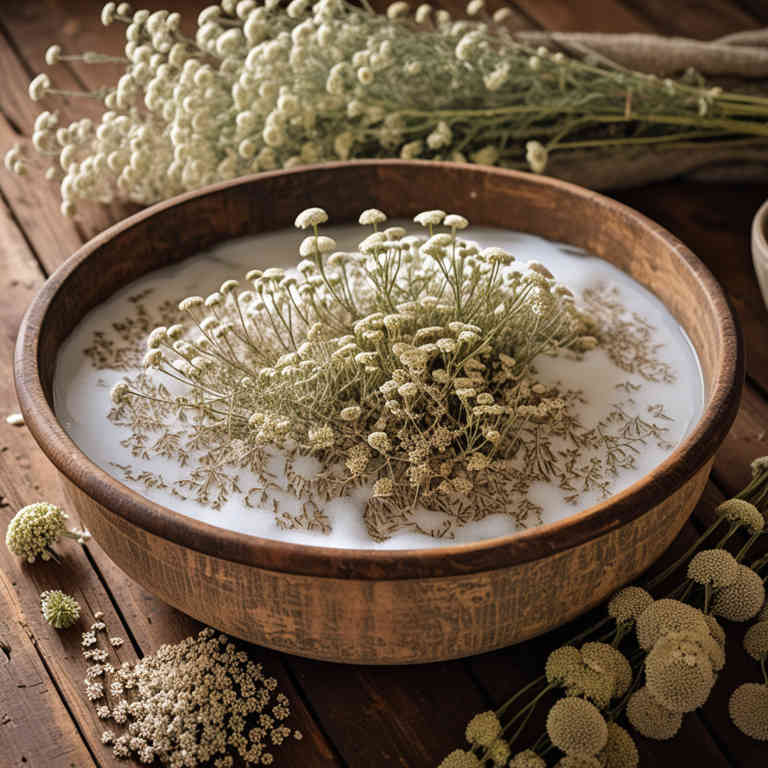
Achillea millefolium, commonly known as yarrow, has been traditionally used in herbal medicine for its anti-inflammatory and antimicrobial properties.
When incorporated into herbal baths, it may help alleviate symptoms of fungal skin infections by reducing inflammation and promoting skin healing. The essential oils and flavonoids present in yarrow possess antifungal activities that may inhibit the growth of fungi on the skin. To prepare a yarrow bath, steep dried yarrow flowers in hot water for several hours, then add the infusion to warm bath water.
While herbal baths can be a complementary therapy, they should not replace conventional antifungal treatments without consulting a healthcare professional.
5. Equisetum arvense
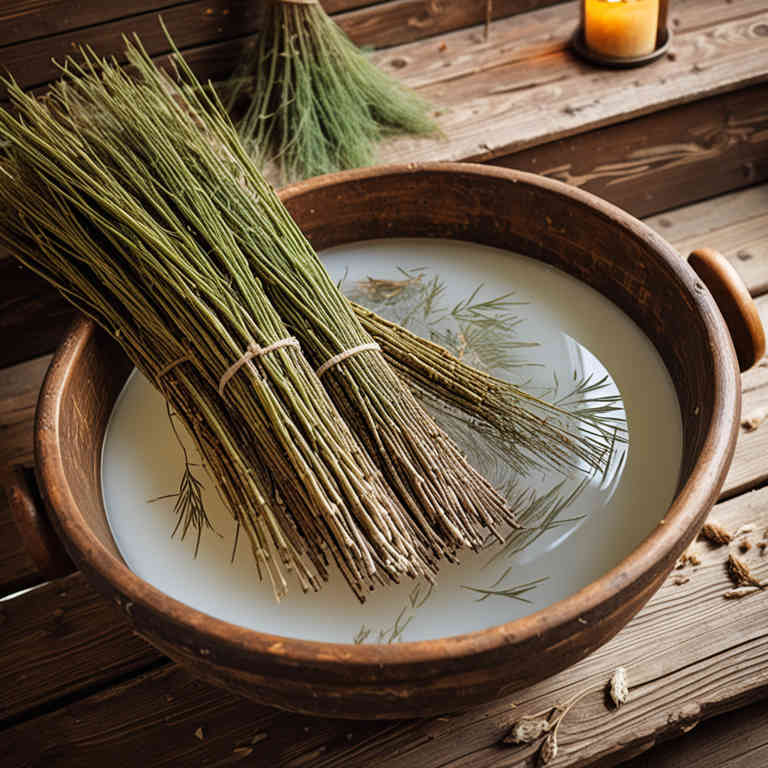
Equisetum arvense, commonly known as field horsetail, has been traditionally used in herbal baths to treat fungal skin infections due to its high concentration of silica and antioxidant compounds.
The plant contains silicic acid, which is believed to have antifungal properties that can help combat infections such as athlete's foot and ringworm. When prepared as a bath, the water infused with dried horsetail leaves can soothe irritated skin and promote healing. Its astringent properties also help to dry out fungal growth and reduce inflammation.
However, it is important to consult a healthcare professional before using horsetail baths, especially for individuals with sensitive skin or existing medical conditions.
6. Rosmarinus officinalis
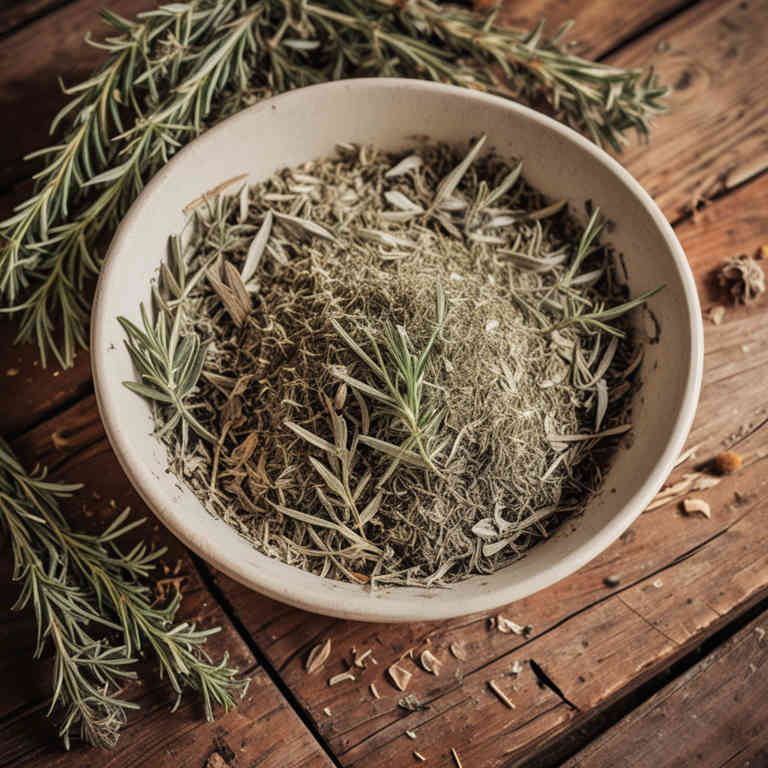
Rosmarinus officinalis, commonly known as rosemary, has been traditionally used for its antimicrobial and anti-inflammatory properties, making it a valuable ingredient in herbal baths for treating fungal skin infections.
The essential oils derived from rosemary, particularly camphor and cineole, exhibit antifungal activity that can help inhibit the growth of pathogens such as Candida and dermatophytes. When infused into bath water, rosemary can soothe irritated skin while providing a natural antifungal effect, reducing symptoms like itching and redness. Regular use of rosemary-infused baths may support the healing process and prevent the recurrence of fungal infections.
However, it is important to consult a healthcare professional before using rosemary baths, especially for severe or persistent infections.
7. Salvia officinalis

Salvia officinalis, commonly known as sage, has been traditionally used for its antimicrobial and antifungal properties, making it a valuable ingredient in herbal baths for treating fungal skin infections.
When infused into bath water, sage can help reduce inflammation and soothe irritated skin affected by conditions such as athlete's foot or ringworm. The essential oils and bioactive compounds in sage, such as thujone and rosmarinic acid, contribute to its ability to inhibit the growth of fungi. Regular use of sage-infused baths may help alleviate symptoms and promote healing by creating an environment less favorable for fungal proliferation.
However, it is advisable to consult a healthcare professional before using herbal treatments, especially for severe or persistent infections.
8. Melaleuca alternifolia
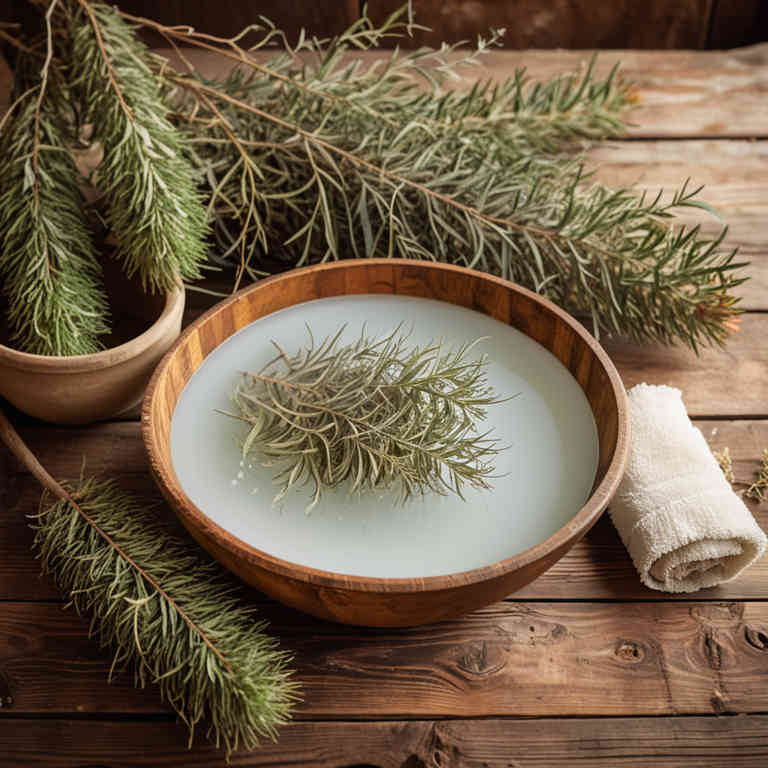
Melaleuca alternifolia, commonly known as tea tree oil, has been widely used in herbal baths to treat fungal skin infections due to its potent antimicrobial properties.
When diluted in warm water, tea tree oil can help reduce the growth of fungi such as athlete's foot and ringworm by disrupting the cell membranes of the pathogens. Regular use of a tea tree oil bath may alleviate symptoms like itching, redness, and scaling associated with these infections. It is important to ensure the oil is properly diluted to avoid skin irritation, typically at a concentration of 0.5% to 1%.
While herbal baths can be a complementary therapy, they should not replace professional medical advice, especially for severe or persistent fungal infections.
9. Teucrium polium
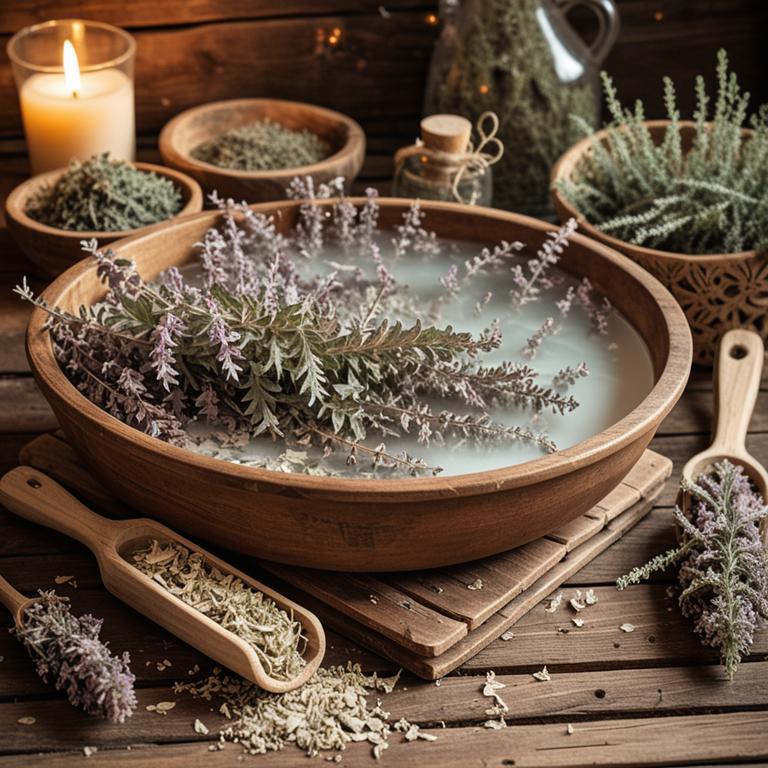
Teucrium polium, also known as summer savory, has been traditionally used in herbal medicine for its antimicrobial and anti-inflammatory properties.
When used in herbal baths, it can help alleviate symptoms of fungal skin infections by creating an environment that inhibits fungal growth. The essential oils and phytochemicals present in Teucrium polium, such as flavonoids and terpenes, contribute to its antifungal effects. To prepare the bath, a handful of fresh or dried Teucrium polium leaves can be steeped in hot water and then used to soak the affected area.
While herbal baths may provide relief, they should complement, not replace, conventional antifungal treatments recommended by a healthcare professional.
10. Eucalyptus globulus
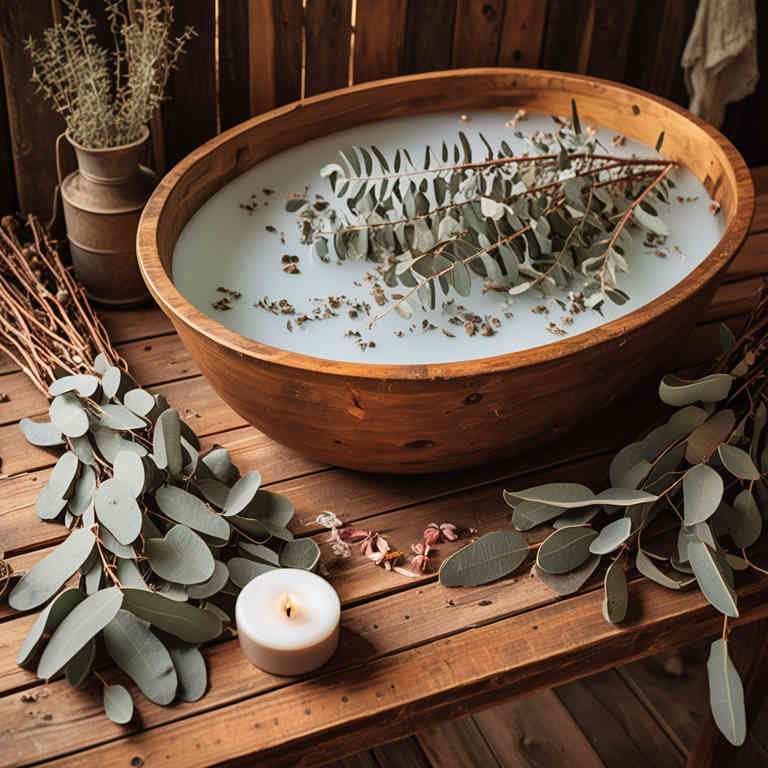
Eucalyptus globulus, commonly known as the Australian eucalyptus, contains essential oils that possess antimicrobial and antifungal properties, making it a popular choice for herbal baths aimed at treating fungal skin infections.
When added to warm bathwater, the eucalyptus oil can help soothe irritated skin and reduce the presence of fungi such as Candida and dermatophytes. The anti-inflammatory and antiseptic qualities of eucalyptus globulus may enhance the skin's natural defenses against fungal growth. Regular use of eucalyptus-infused baths can provide relief from symptoms like itching and redness associated with fungal infections.
However, it is advisable to consult a healthcare professional before using essential oils, especially for those with sensitive skin or existing medical conditions.